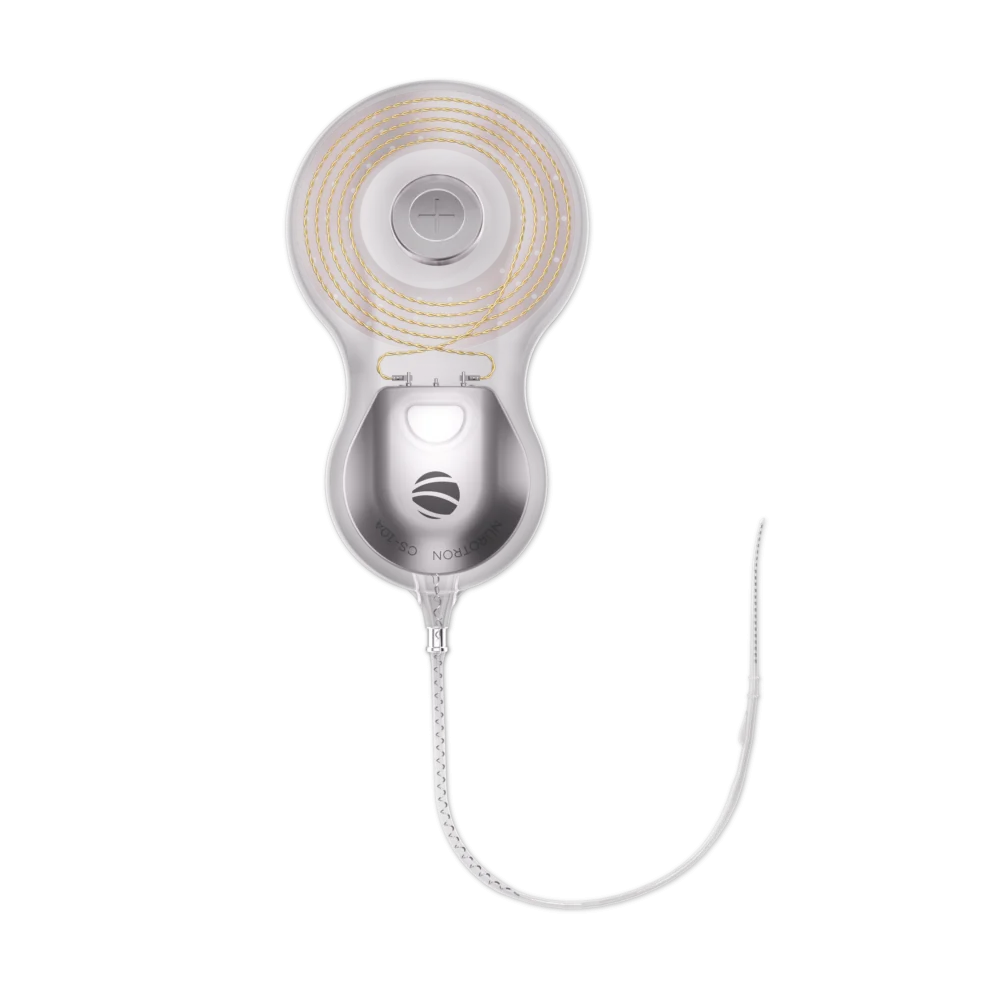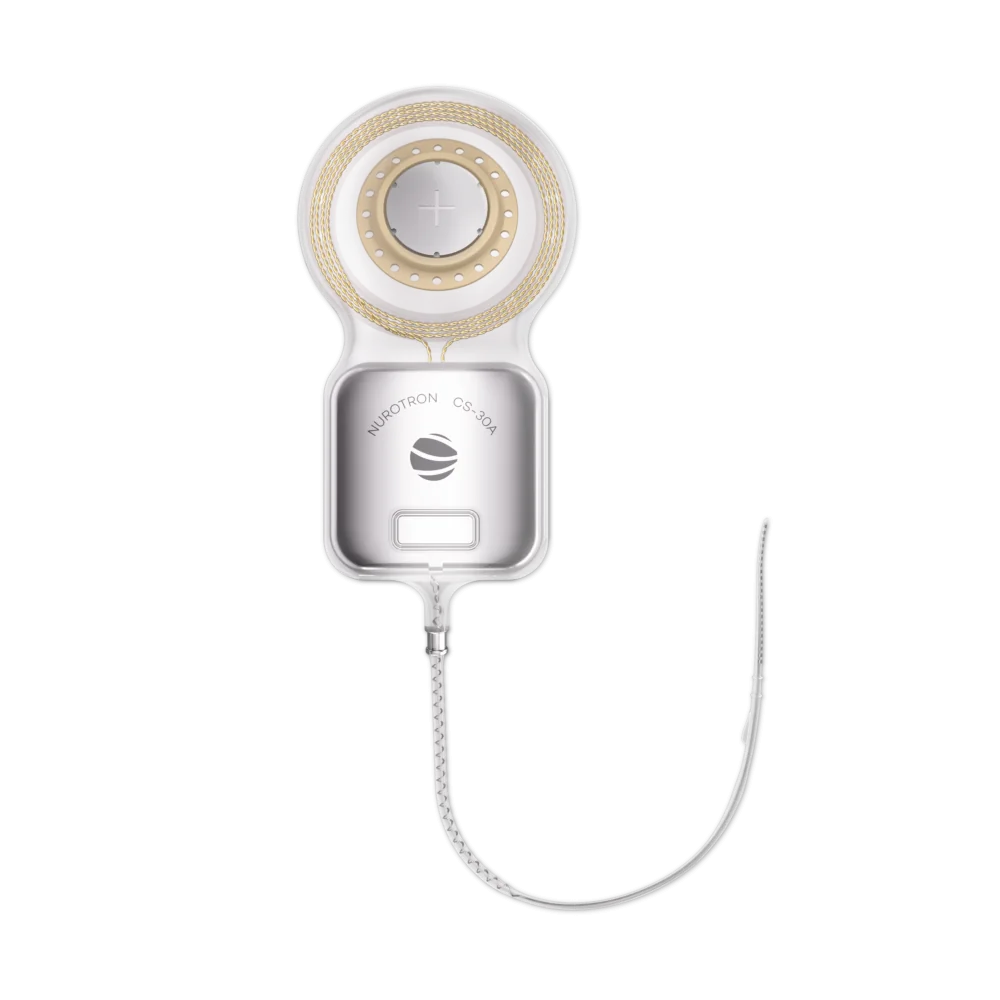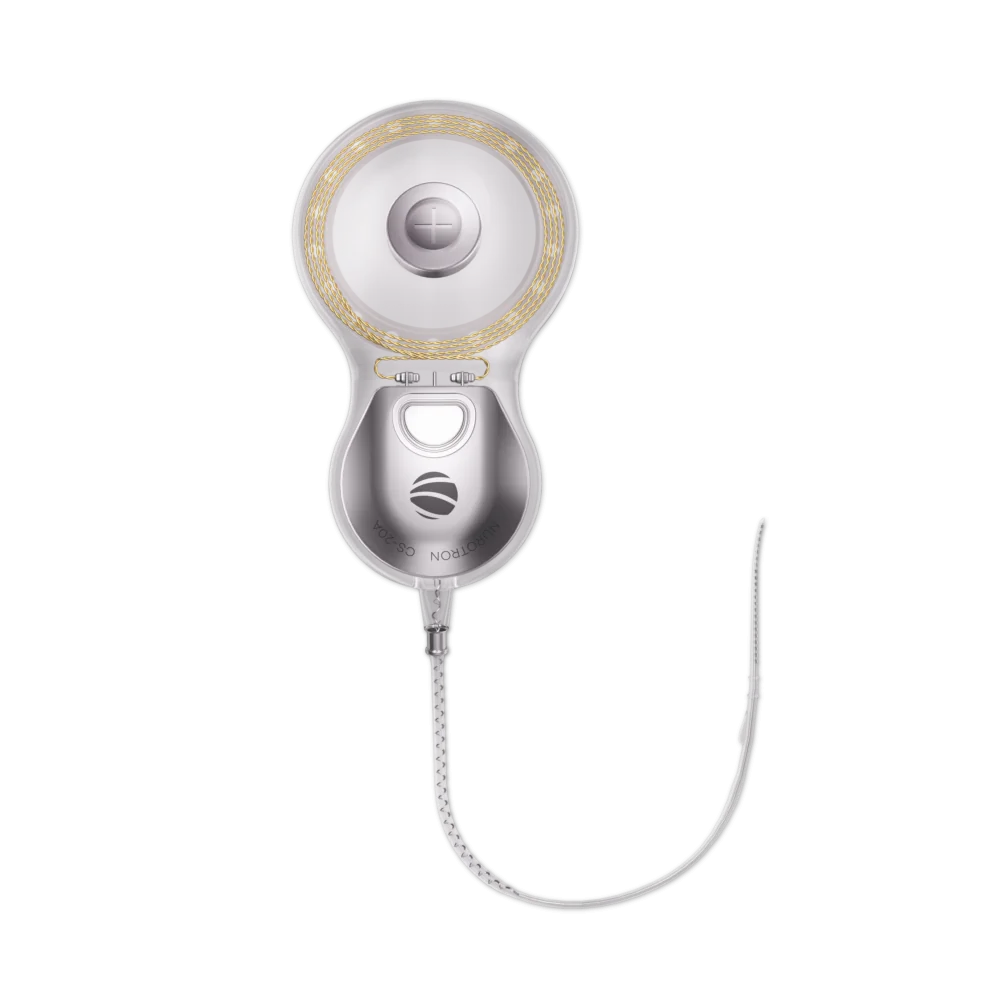
cochlear ear implants represent a significant advancement in the field of auditory rehabilitation, offering hope to individuals with severe hearing loss. However, the high costs associated with these devices often create barriers for many potential users. This article aims to research the implications of cochlear ear implant pricing and how fair pricing strategies can enhance accessibility.
The Significance of Cochlear Ear Implants
Cochlear ear implants are sophisticated electronic devices designed to provide a sense of sound to individuals who are profoundly deaf or severely hard-of-hearing. Unlike traditional hearing aids that amplify sound, cochlear implants bypass damaged portions of the ear and directly stimulate the auditory nerve. This innovative technology has transformed countless lives by enabling recipients to engage more fully in social interactions and everyday activities. Despite their effectiveness, access remains limited due to prohibitive costs that vary widely across different regions and healthcare systems.
Nurotron: A Leader in Cochlear Implant Technology
Nurotron is at the forefront of developing advanced cochlear implant solutions aimed at improving user experience and outcomes. The company focuses on creating cutting-edge technologies that cater specifically to diverse patient needs while ensuring affordability without compromising quality. By investing in research and development, Nurotron strives not only for technological excellence but also for making its products accessible through competitive pricing models. Their commitment reflects an sympathize that financial constraints should not hinder individuals from receiving life-changing auditory support.
Click accessories for cochlear implants.Accessories for Cochlear Implants: Enhancing User Experience

In addition to the primary device itself, various accessories play a crucial role in optimizing the performance of cochlear implants. These include specialized microphones, remote controls, and protective cases designed specifically for users’ convenience and comfort. Such accessories can significantly enhance sound quality and ease of use; however, they often come at additional costs that may deter some patients from purchasing them altogether. Therefore, it is essential for manufacturers like Nurotron to consider bundled pricing options or subsidies as part of their strategy towards fairer overall pricing structures.
Conclusion
The journey toward enhancing accessibility through affordable cochlear ear implants requires collaborative efforts among manufacturers, healthcare providers, policymakers, and communities alike. As we continue explore ways to reduce financial barriers associated with these transformative devices—such as those offered by companies like Nurotron—we must remain committed to ensuring equitable access so all individuals can benefit from improved hearing capabilities.
